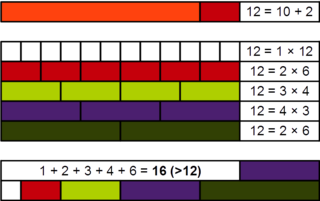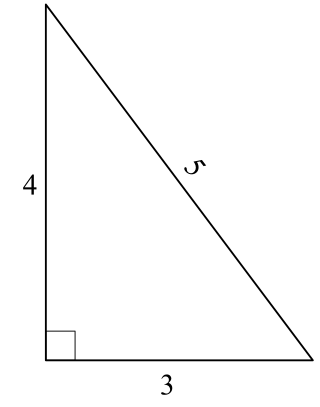In mathematics

84 is a semiperfect number, [1] being thrice a perfect number, and the sum of the sixth pair of twin primes . [2] It is the number of four-digit perfect powers in decimal. [3]
It is the third (or second) dodecahedral number, [4] and the sum of the first seven triangular numbers (1, 3, 6, 10, 15, 21, 28), which makes it the seventh tetrahedral number. [5]
The twenty-second unique prime in decimal, with notably different digits than its preceding (and known following) terms in the same sequence, contains a total of 84 digits. [6]
A hepteract is a seven-dimensional hypercube with 84 penteract 5-faces. [7]
84 is the limit superior of the largest finite subgroup of the mapping class group of a genus surface divided by .[ citation needed ]
Under Hurwitz's automorphisms theorem, a smooth connected Riemann surface of genus will contain an automorphism group whose order is classically bound to . [8]
84 is the thirtieth and largest for which the cyclotomic field has class number (or unique factorization), preceding 60 (that is the composite index of 84), [9] and 48. [10] [11]
There are 84 zero divisors in the 16-dimensional sedenions . [12]












